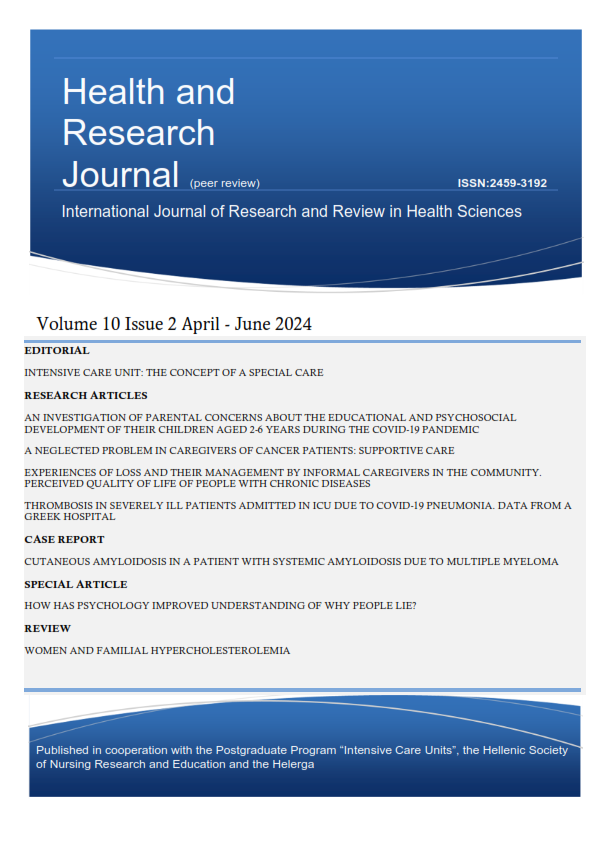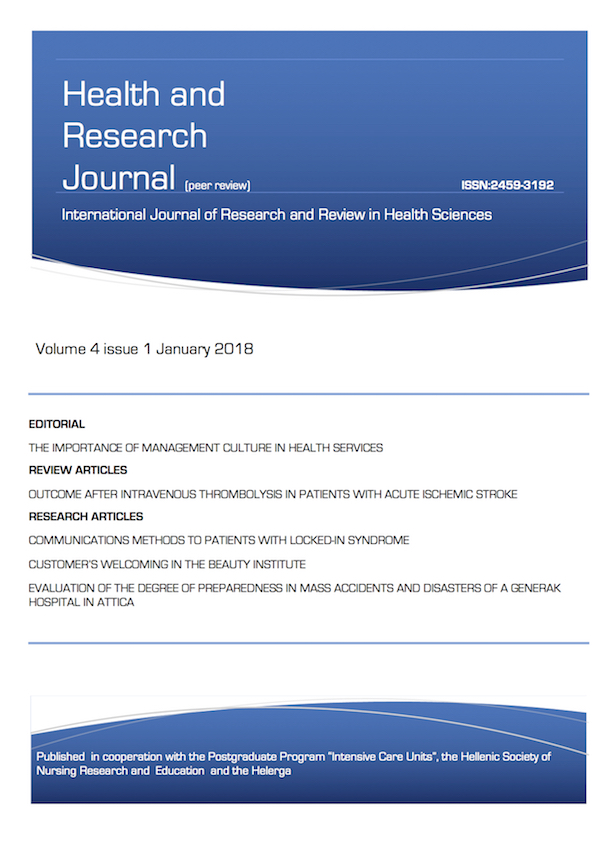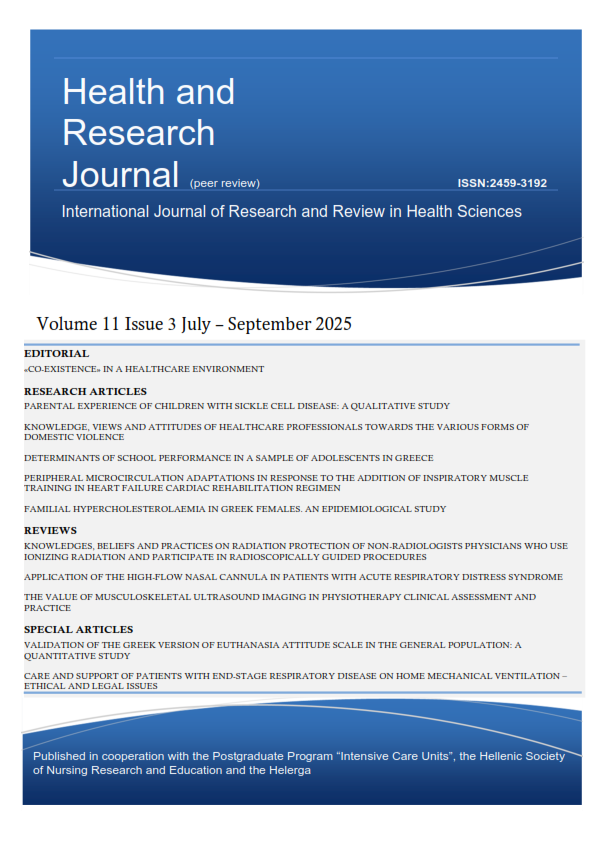Women and familial hypercholesterolemia

Abstract
Cardiovascular diseases (CVD) are the leading cause of death worldwide. One of the risk factors of CVDs is dyslipidemia, defined as the imbalance of lipids in the blood. Early diagnosis and treatment of the disease is important. However, there appears to be a gender disparity, with women less likely to be diagnosed and start lipid-lowering therapy. In addition, it is difficult for them to continue treatment without interruptions, such as for reasons of childbearing, and as a result they do not achieve the target Low Density Lipoproteins (LDL) levels. Heterozygous Familial Hypercholesterolaemia (FH) is thought to occur in 1 in 500 people in most ethnicities in the world. However, in most cases, these figures are derived from limited numbers of data from selected populations or specific subgroups in the general population and therefore may lack the precision of more modern estimates. About 1 in 200 people have familial hypercholesterolemia, but the vast majority are undiagnosed. Women with untreated FH are at very high risk for early-onset atherosclerotic cardiovascular disease. In untreated women with FH, 30% will develop Atherosclerotic Cardiovascular Disease (ASCVD) by age 60. The onset of ASCVD occurs 20 years earlier in life for women with FH than for women without FH. Regarding women with FH during menopause, they had similar LDL values to premenopausal women and higher levels compared to men in the same age group. Postmenopausal women with FH may suffer the consequences of high LDL either from delayed diagnosis or because of interruptions in management they may have experienced during childbearing. The last 2 decades have seen the development of new therapies to lower LDL-cholesterol levels and delay premature atherosclerosis, especially in combination with lifestyle modifications. Management of patients with familial hypercholesterolemia requires a multiprofessional approach, including primary care providers, cardiologists, endocrinologists, dietitians, pharmacists, and nurses, to improve outcomes. Treatment strategies should be discussed extensively at diagnosis. Close follow-up to monitor treatment response and development of side effects from lipid-lowering agents is essential to optimize care. The representation of women in studies concerning the diagnosis and treatment of familial hypercholesterolemia must be improved, so that there is a more effective treatment of this disease.
Article Details
- How to Cite
-
Chasioti, G., & Kotanidou, A. (2024). Women and familial hypercholesterolemia. Health & Research Journal, 10(2), 123–134. https://doi.org/10.12681/healthresj.37347
- Section
- Reviews
Copyright notice:
The journal "Health and Research Journal" reserves the rights for copyright of the content of the website and also the copyright of the articles published.
By virtue of their appearance in this journal, the articles are free to be used for non-commercial purposes. However, the articles cannot and must not be used in anyway, published elsewhere or modified without any reference to the author and the first publication of the article.






